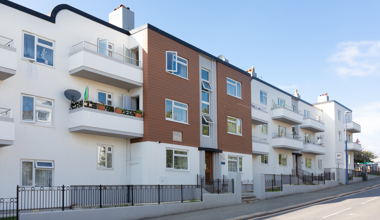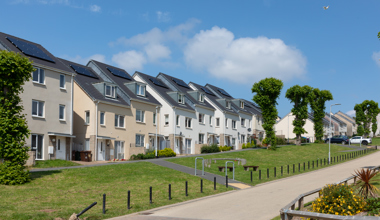Leaseholders
Leaseholders own their property for the length of their lease agreement. When the lease runs out, the ownership of the property reverts to the freeholder unless the lease is extended.
The lease agreement will set out what you can and cannot do, as well as your responsibilities as a leaseholder.
Shared owners
Shared owners are also leaseholders but under a shared ownership lease. This is where a share of the property is purchased by the shared owner and the remaining share of the property is retained by the landlord (PCH).
Most shared owners will have the right to purchase additional shares in the property until they own 100% of the equity and become a freeholder. It is important to check your shared ownership lease as there may be some restrictions on how many shares you can purchase and whether you will become the freeholder after staircasing to 100% ownership.
Shared ownership leases differ from other leases and there will be different responsibilities and restrictions for shared owners.
Freeholders
Freeholders own all of their home in full, including the land its built on.
They pay PCH a service charge for the communal services in their area.







